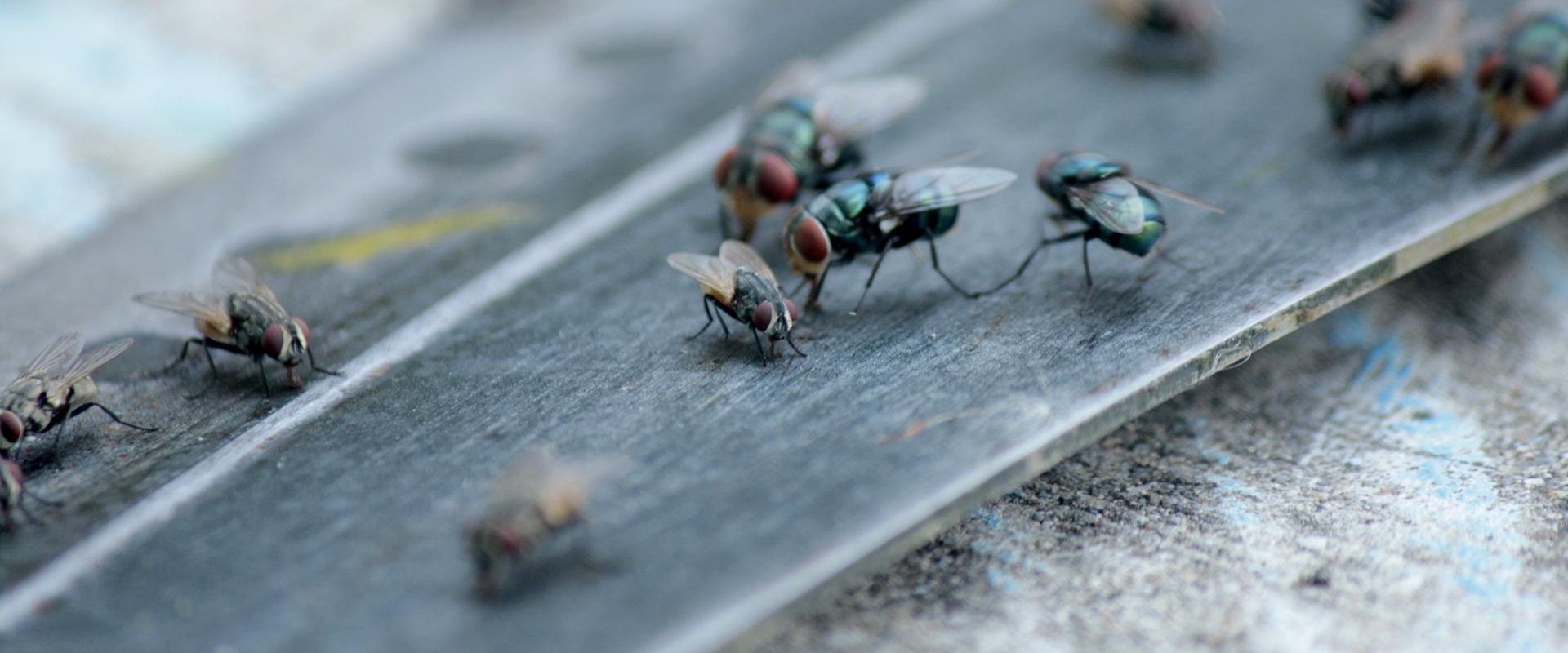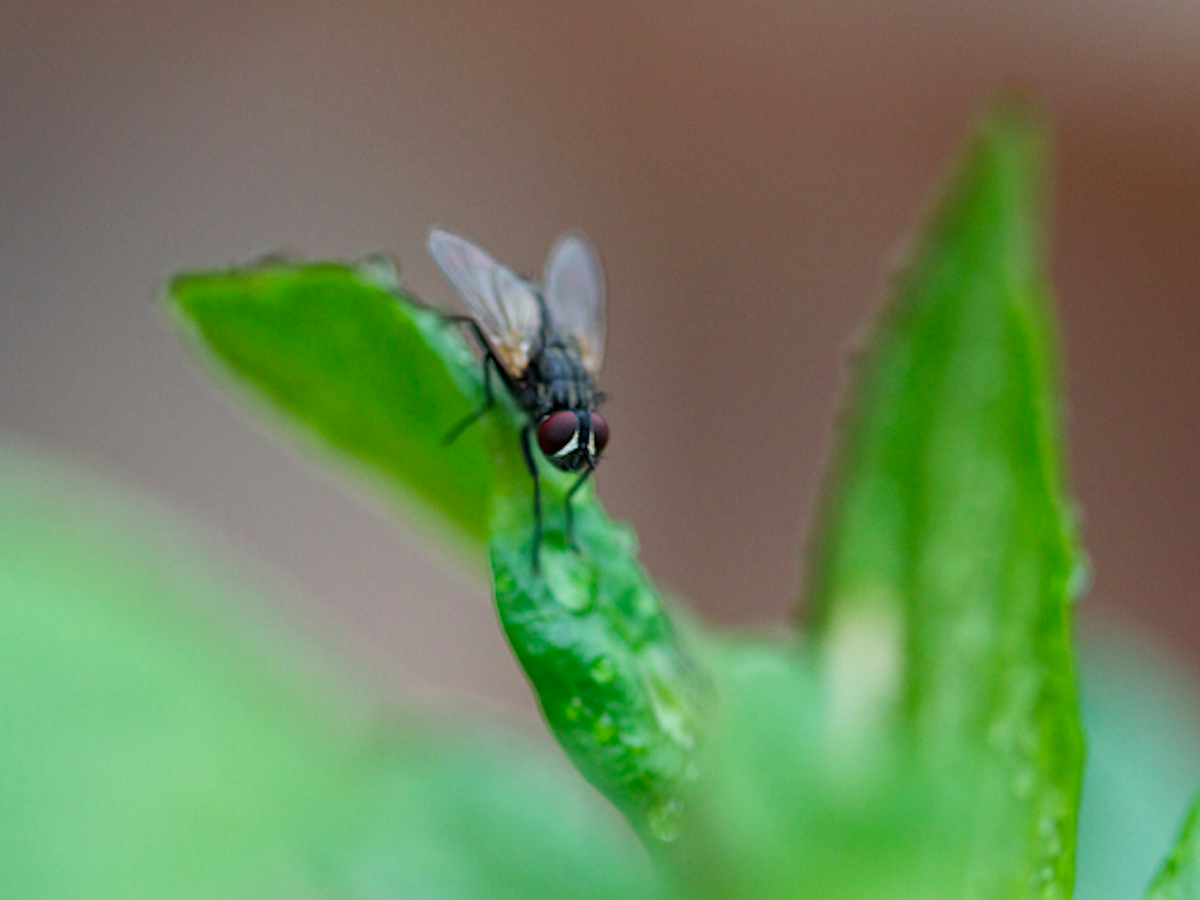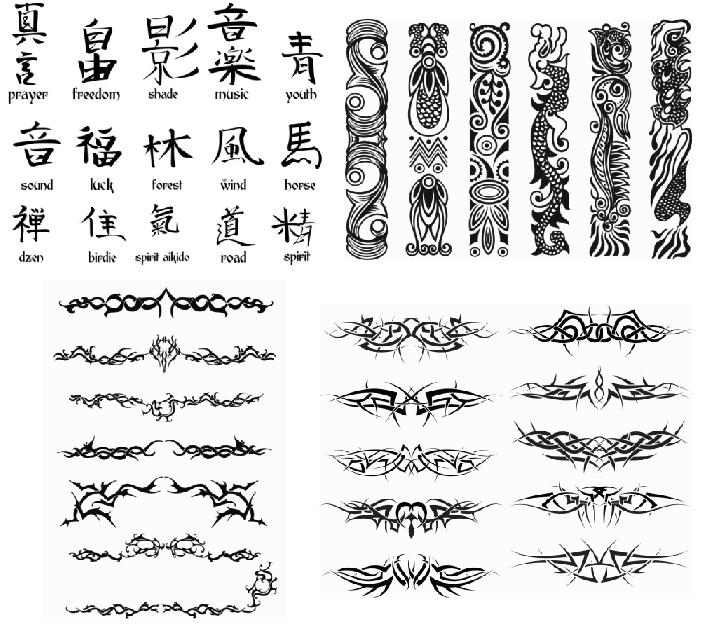Table Of Content
Keep outdoor areas clean by picking up pet waste and food and putting tight lids on your garbage. Perform regular inspections of your outdoor spaces to ensure there are no house fly breeding grounds, Irenicus says. In North Carolina, tests showed that when house fly populations occur near the surface on the drier periphery of the manure, the conditions favor parasitism by Muscidifurax raptor.
House Flies
Female flies need access to suitable food (protein) to allow them to produce eggs, and manure alone is not adequate. The potential reproductive capacity of flies is tremendous, but fortunately can never be realized. In conclusion, the life cycle of a housefly, from egg to adult, is a fascinating journey that exemplifies the intricate mechanisms of nature. Each stage – egg, larva, pupa, and adult – presents its unique characteristics and survival strategies. Understanding these interactions is crucial in implementing effective preventive measures to keep these unwelcome guests at bay.
How do flies reproduce?
All these species undergo a complete metamorphosis, which includes the egg, larva, pupa, and adult stages. However, despite this shared life cycle pattern, there are some key differences worth noting. Predatory beetles, such as rove beetles and ground beetles, feed on housefly eggs and larvae. Additionally, parasitic wasps lay their eggs inside housefly pupae or larvae. When the wasp larvae hatch, they consume the housefly from within before emerging as fully-grown wasps.
Larva Stage: Insights Into The Larval Phase (Often Called Maggots)
Performance evaluation of protocols for Taenia saginata and Ascaris suum egg recovery from the house fly's ... - Parasites & Vectors
Performance evaluation of protocols for Taenia saginata and Ascaris suum egg recovery from the house fly's ....
Posted: Mon, 18 Dec 2023 08:00:00 GMT [source]
Garbage cans and dumpsters should have tight-fitting lids and be cleaned regularly. Dry garbage and trash should be placed in plastic garbage bags and sealed up. All garbage receptacles should be located as far from building entrances as possible. Lateral view of the head of an adult house fly, Musca domestica Linnaeus. Pyrethrin, a pesticide that is toxic to insects, can be bought as a spray to deal with adult flies. These sprays provide a temporary solution that could be useful in combination with other techniques.

The female housefly usually mates only once and stores the sperm for later use. She lays batches of about 100 eggs on decaying organic matter such as food waste, carrion, or feces. After two to five days of development, these metamorphose into reddish-brown pupae, about 8 millimetres (3⁄8 inch) long. Adult flies normally live for two to four weeks, but can hibernate during the winter. The adults feed on a variety of liquid or semi-liquid substances, as well as solid materials which have been softened by their saliva. They can carry pathogens on their bodies and in their feces, contaminate food, and contribute to the transfer of food-borne illnesses, while, in numbers, they can be physically annoying.
Are houseflies harmful?
Composting of manure can be effective if the compost is properly maintained, including regular turning. Manure can also be liquefied and stored in lagoons anaerobically, though at some point the solids need to be separated. In sensitive environments such as food preparation and packing facilities, restaurants, and hospitals, even small numbers of flies cannot be tolerated. In the context of livestock or poultry production, however, some flies are inevitable. Many natural and other fly repellents can be used outside to keep flies away from your house. You can try planting herbs and flowers such as basil or marigolds around the house, or even plant a few Venus flytraps.
What is a fly pupae?
Also, certain species of flies are known to infest livestock, causing annoyance or even disease transmission among animals affecting productivity. Moreover, houseflies contribute significantly to the process of decomposition and recycling organic matter. As detritivores – organisms that feed on decaying organic material – they help break down dead plants and animals into simpler forms of matter. This process returns essential nutrients back to the soil, promoting plant growth and maintaining soil health.
US Doctors Find Fully Intact House Fly Inside 63-Year-Old Man's Intestines - NDTV
US Doctors Find Fully Intact House Fly Inside 63-Year-Old Man's Intestines.
Posted: Sat, 25 Nov 2023 08:00:00 GMT [source]
Trying fly sprays or insecticides
The first molt occurs within hours of hatching, leading to the second instar larvae which are larger in size than their predecessors. It’s worth noting that this brief egg stage is critical for population control. The more commonly used control measures for house flies are sanitation, use of traps, and insecticides, but in some instances integrated fly control has been implemented. The use of biological control in fly management is still at a relatively early stage.
House flies are a common nuisance, comprising about 90 percent of flies in homes. Although they do not bite, house flies carry millions of microorganisms on their feet that can spread pathogens and food-borne illnesses. Luckily, there are safe and natural ways to prevent and eliminate house flies in your home. Ultraviolet light traps can be used to assess population levels, but also serve as a non-chemical control technique that can be used indoors in both agricultural and non-agricultural areas.
Female house flies favor damp, dark surfaces such as compost, manure and other decomposing organic material for egg laying. The most common sign of a house fly infestation is the presence of the flies, themselves. Larvae may also be seen crawling out of their breeding material as they pupate. Along with seeing house flies, people may hear them around the home.
Feeding occurs in the larval stage, and the wasp eventually emerges as an adult. The threshold density for determining when to control flies depends on the area where the control measures will be taken. In general, in homes the threshold is very low and control actions are taken with few flies. The complaint threshold density of the house fly at waste management sites may be 150 individuals per flypaper per 30 minutes.
They lay their eggs on animal feces, garbage, and in rotting organic material. The housefly (Musca domestica) is a fly of the suborder Cyclorrhapha. It possibly originated in the Middle East, and spread around the world as a commensal of humans. Adults are gray to black, with four dark, longitudinal lines on the thorax, slightly hairy bodies, and a single pair of membranous wings. They have red eyes, set farther apart in the slightly larger female. Maggots are legless, white insects that feed from the egg-laying site for three to five days.
Each stage – egg, larva, pupa, and adult – presents a unique appearance and function. Finally comes the adult stage, where houseflies reach sexual maturity and begin reproducing. Adult houseflies have a relatively short lifespan ranging from two weeks to a month, depending on environmental conditions and predator threats. Once laid, these eggs require warmth to develop properly – ideally between 70°F (21°C) and 90°F (32°C).
Residual pesticides, which remain active for longer than indoor pesticides, can be sprayed around your house. Sticky traps are strips of sticky paper that can be hung or laid down throughout your house. They’re not as effective as other traps, but can be added to help remove infestations. A person may find a variety of them in the home, including houseflies or fruitflies. While they can eliminate individual flies, there are more efficient ways to remove an infestation.
For instance, some houseflies may develop resistance to certain pesticides due to these genetic variations. Remember that prevention is always better than cure when it comes to housefly infestations! By implementing these steps diligently and maintaining a clean environment within your home and surroundings, you’ll be well on your way to keeping those pesky houseflies at bay.














